They couldn’t have timed it better. NWTAC’s production of Hairspray started on 20th July just one day after Covid restrictions were lifted and it was a sell-out. Moston’s very own theatre at maximum capacity for the first time in 18 months.
For those who haven’t seen the film, Hairspray is set in Baltimore during the early 60’s where schoolgirl Tracy Turnblad dreams of dancing on The Corny Collins TV show. School doesn’t fit in with her plans so, along with her friend Penny Pingleton, she teams up with fellow African American students when they get put in detention. Together, they oust the reigning prima donna from the TV show along with her domineering mother and win the day.
Hairspray is a light-hearted, fun-filled musical with an underlying theme promoting tolerance and integration.
It also happens to be one of my daughter’s favourite films. She knows it inside out; every scene, every song, every dance move. So I was a bit nervous when I took her and the rest of my family to see the show.
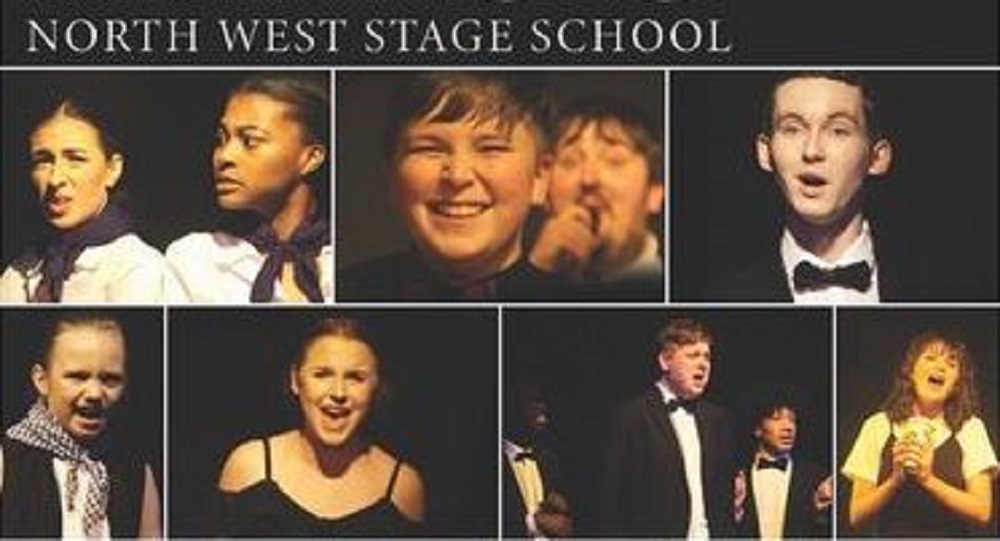
Would NWTAC’s version measure up to the award winning film starring the likes of John Travolta, Zac Efron and Michelle Pfeifer?
Answer: they smashed it!
The casting was inspired. Annabelle Cooke bounced out of bed as Tracy with a bright and energetic ‘Good Morning Baltimore’. She was pitch perfect and I knew straight away we were in for a treat.
Eva Carty played Penny Pingleton perfectly while Jonny Molyneux had Tracy’s mum Edna Turnblad down to a tee. Jonny mustn’t have been available when they cast the film so they settled for John Travolta instead! He and his stage husband Gareth Maudsley have comedy timing in their bones.
James Burke followed in the footsteps of Zac Efron playing Tracy’s heart throb. He has a voice that just oozes confidence and rose to the challenge. Meanwhile, Penny’s love interest, Owen Omoruyi-Garci as Seaweed Stubbs, danced his way into her heart while his sister Little Inez (aka Elim Ghebrehiwet) sang her way into ours.
The TV ensemble was led by Anthony Horricks who carried off Corny Collins with professional smoothness. He and the station manager Velma Von Tussle (played by Melissa Grimes) and her daughter Amber (Kate Bannister) were superb.
In the West End, Marisha Wallace as Motormouth Maybelle was described as a show-stopper when she sang ‘I know where I’ve been’. I can only say that NWTAC’s Toyin Lawal, with her wonderful voice and elegance, was equally mesmerising.
Dance routines and songs just kept coming. Not once did anyone’s American accent falter. The full cast of 37 young actors and actresses who train at the North West Stage School did themselves, Beth Singh (Musical Director) and Katie Gough (Choreographer), Prab and the rest of the production team proud. It is such an elaborate show, packed with entertainment, humour and joy.
The past year and a half have challenged everyone but for this company to come through it all and produce a show as good as this is awesome.
My daughter, the whole of my family, loved it!

For all things NWTAC including future shows, professional theatrical training, their fantastic theatre summer school for anyone age 4+, Gap year theatre course, venue/set/costume hire and much, much more just follow them on Facebook and/or on their website where you can sign up to join the mailing list.

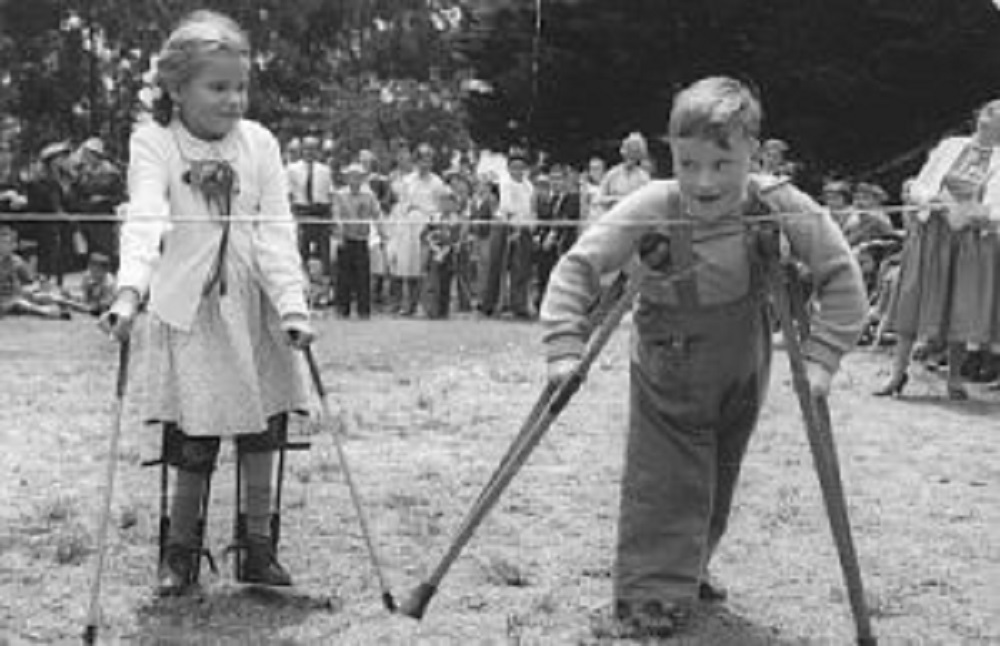 Until mass vaccination all but eradicated whooping cough, diphtheria and scarlet fever, their spectres remained ever present, especially in poorer areas.
Until mass vaccination all but eradicated whooping cough, diphtheria and scarlet fever, their spectres remained ever present, especially in poorer areas.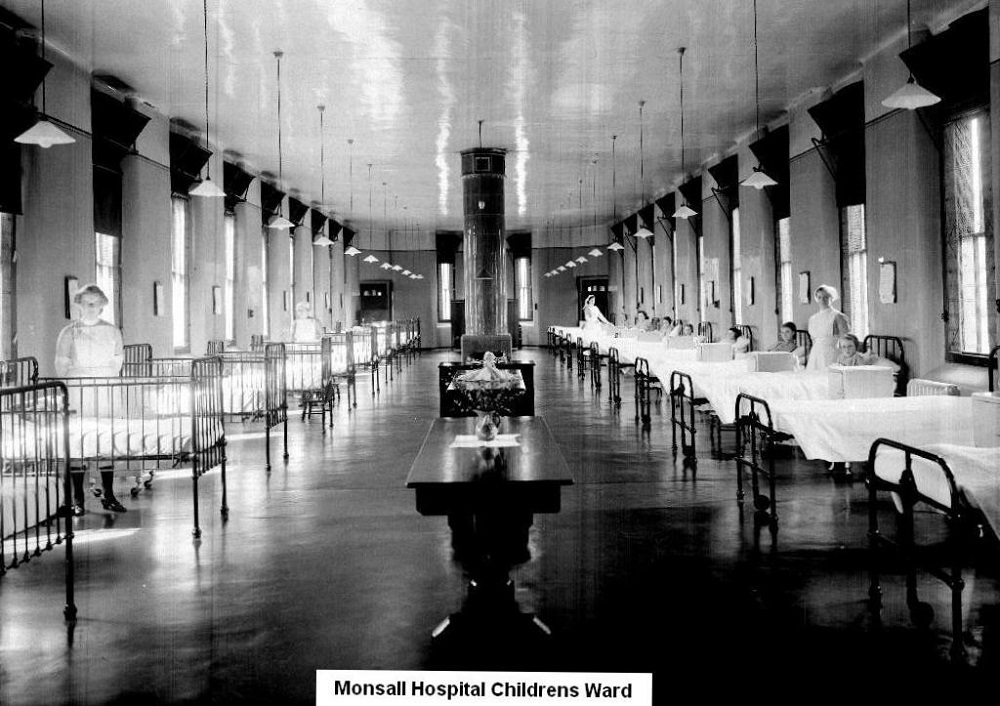 In the fifties, the belief was that, sooner or later, every child would contract mumps, chicken pox and measles. To get it over with quickly, we were sent to play at the homes of contagious friends.
In the fifties, the belief was that, sooner or later, every child would contract mumps, chicken pox and measles. To get it over with quickly, we were sent to play at the homes of contagious friends.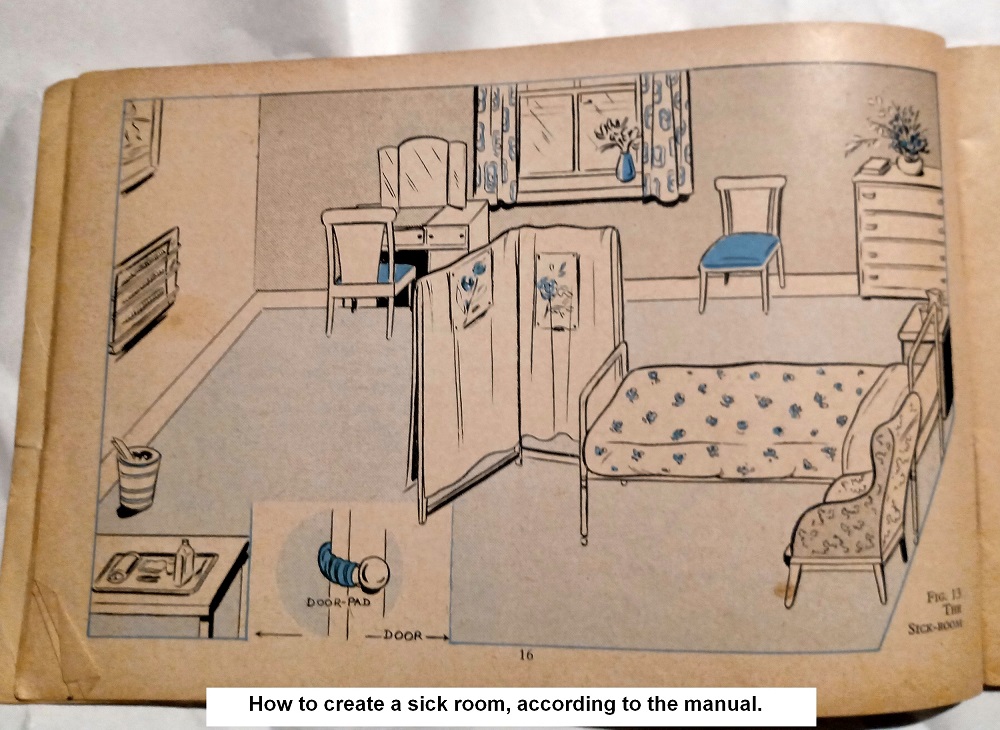 Throughout my childhood, TB and polio were the demon diseases. When I was about 9, there was a polio scare. Banner headlines exhorted parents not to allow children near open water. The previous afternoon, my friend Anne and I had been up to our welly tops in the Moston Brook, trying to build a dam. We kept the escapade from our parents, but visions of ‘iron lungs’ and metal leg callipers haunted our thoughts.
Throughout my childhood, TB and polio were the demon diseases. When I was about 9, there was a polio scare. Banner headlines exhorted parents not to allow children near open water. The previous afternoon, my friend Anne and I had been up to our welly tops in the Moston Brook, trying to build a dam. We kept the escapade from our parents, but visions of ‘iron lungs’ and metal leg callipers haunted our thoughts.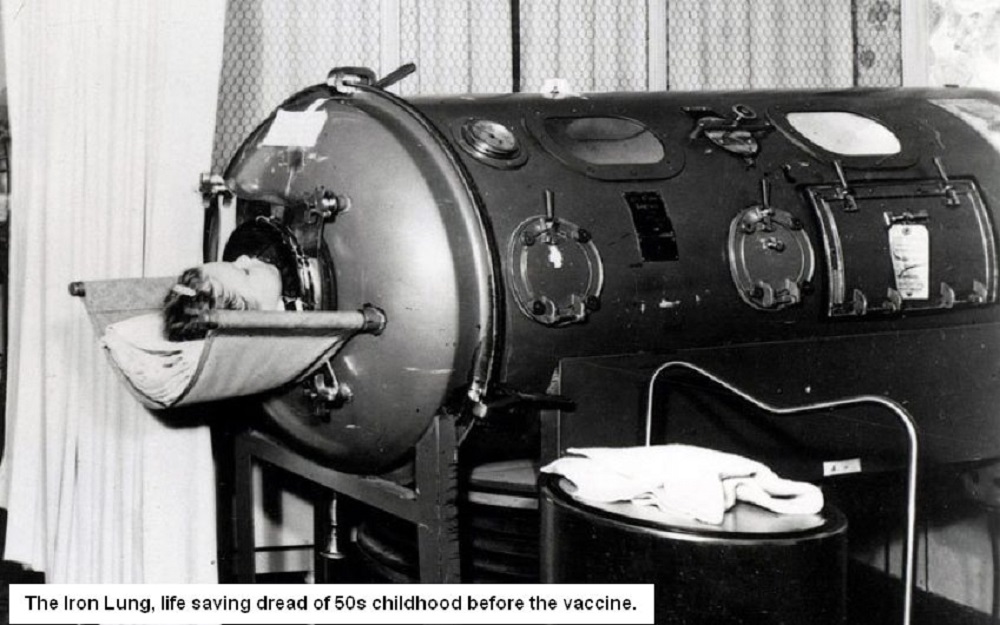 Later, a polio vaccine became available. Subsequently it would be administered as syrup or on a sugar lump, but for us it was the dreaded ‘prick’, as injections were then commonly known.
Later, a polio vaccine became available. Subsequently it would be administered as syrup or on a sugar lump, but for us it was the dreaded ‘prick’, as injections were then commonly known. Eventually my tonsils burst, and had to be removed at Booth Hall. Two days in hospital was followed by a fortnight off school to convalesce.
Eventually my tonsils burst, and had to be removed at Booth Hall. Two days in hospital was followed by a fortnight off school to convalesce.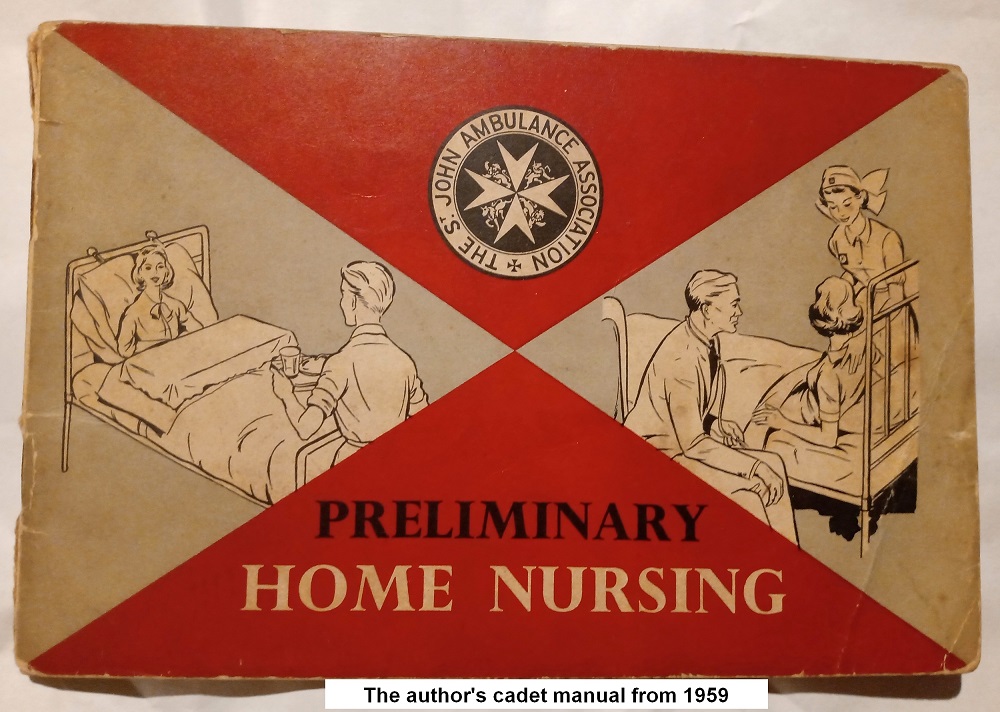 Although complaints from the past seem to be re-surfacing, I don’t hear anyone mentioning chilblains these days. Girls at my school were repeatedly warned not to stand against the cloakroom radiators as it would only increase the agony. And as yet, I haven’t spotted a ring worm sufferer with a shaven head adorned with Gentian Violet. And when did they stop painting it on throats?
Although complaints from the past seem to be re-surfacing, I don’t hear anyone mentioning chilblains these days. Girls at my school were repeatedly warned not to stand against the cloakroom radiators as it would only increase the agony. And as yet, I haven’t spotted a ring worm sufferer with a shaven head adorned with Gentian Violet. And when did they stop painting it on throats?